Prosthetics by itself is powerful and inspirational. Some artificial limbs enable people to reclaim the ability to move freely, others give amputees a certain advantage in specific tasks. Not only the designs we have selected empower the wearers, they also inspire the wider community to appreciate our differences.

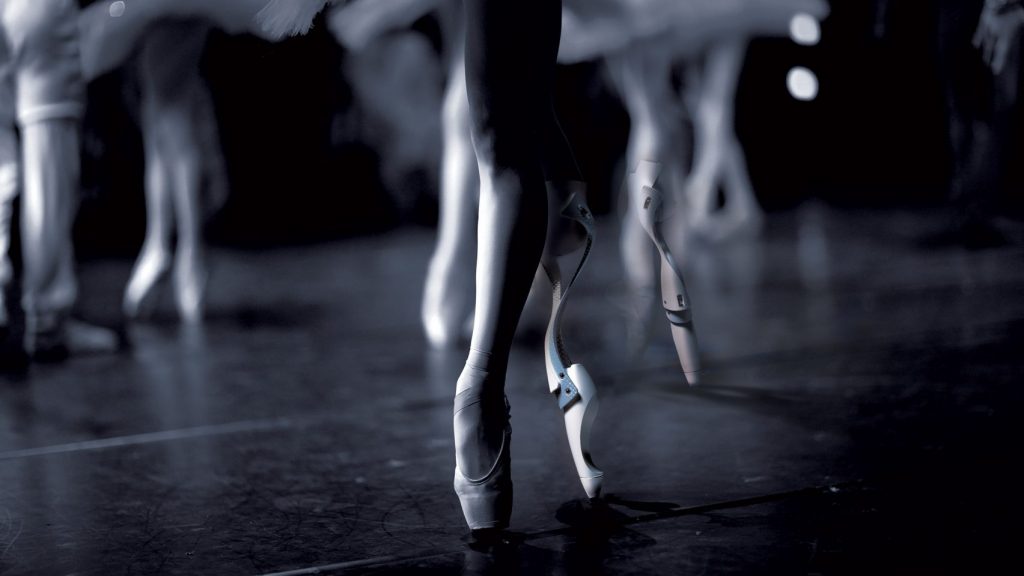
Marie-T prosthetic leg for ballet by Jae-Hyun An
Pratt Institute graduate Jae-Hyun An has created a prosthetic leg that allows amputee ballet dancers to enhance their performance.

Marie-T prosthetic leg for ballet by Jae-Hyun An
Traditionally, ballet dancers move in and out of the pointe position, with all body weight supported by the tips of fully extended feet within pointe shoes. This position causes immense strain on the foot and ankle of a performer. Aware of this, the designer has made up his mind to explore what would happen if the dancer could perform on pointe 100 per cent of the time. The result is Marie-T, a prosthetic leg made up of three components – a foam-injected rotational moulded foot, a stainless-steel toe and a rubber grip. This structure is intended to provide the dancer with balance and momentum during rotations.
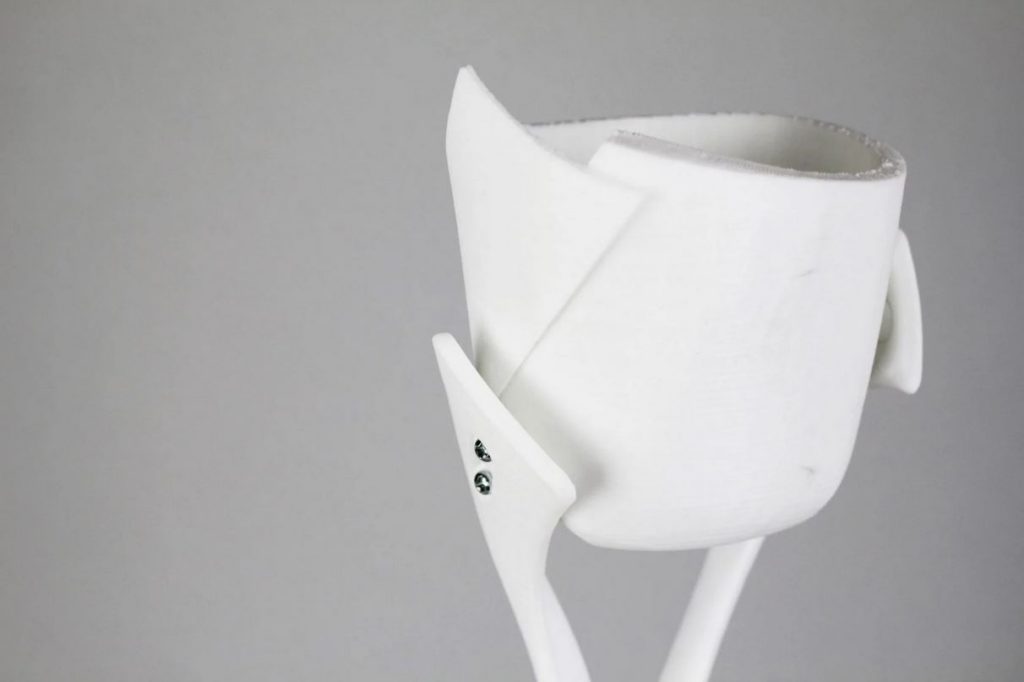

Marie-T prosthetic leg for ballet by Jae-Hyun An
The ankle connects to a slightly curved carbon-fibre limb, which helps absorb the shock from the impact of the ballet dancer stepping forward. The limb is topped by a 3D-printed socket with steel round head screws. All parts of the product have been designed to be easily replaced when they become well-worn or need to be resized.
Named after 19th-century Swedish ballet dancer Marie Taglioni, the artificial leg by An will help develop a new choreography that has never been achieved by mainstream ballerinas, the designer hopes.
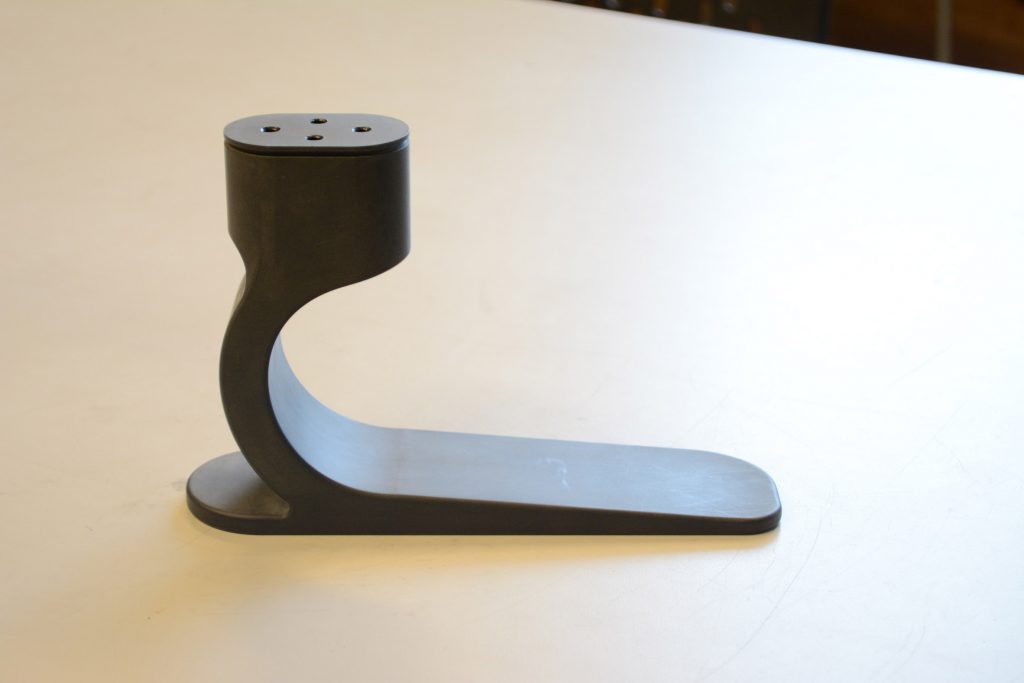
Prosthetic foot by MIT
Previously, back in 2018, a team of engineers from the Massachusetts Institute of Technology (MIT) developed a prosthetic foot that enables amputees to walk with the motion that is close to that of a person walking with two feet. To achieve this, the engineers departed from the principles of traditional prosthetics. Rather than replicating the mechanics of the foot with joints at the ankle and toes, the engineers focused on mimicking the overall movement of the lower leg.
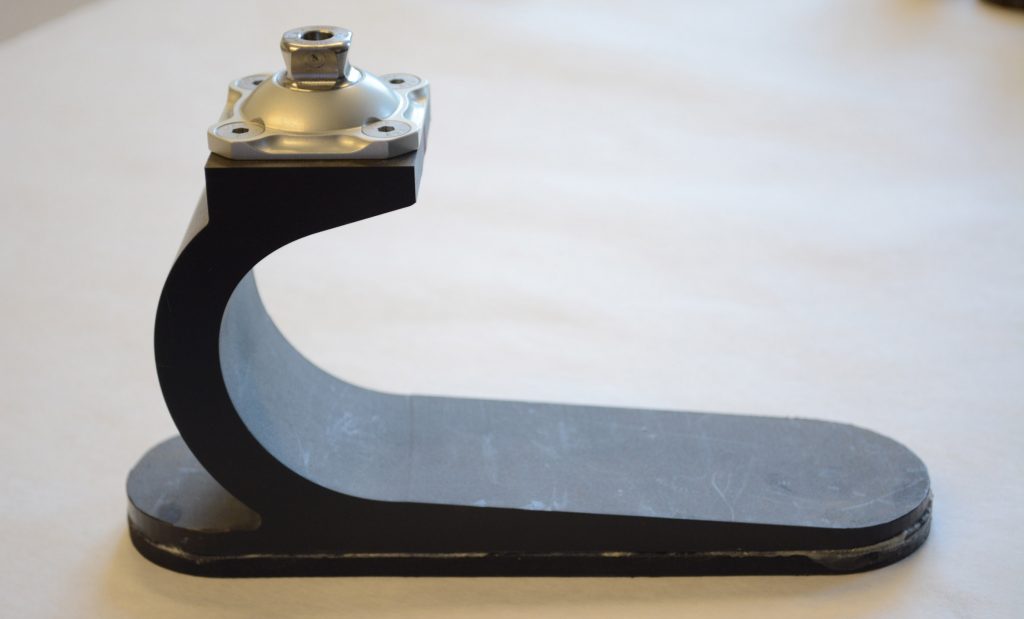
Prosthetic foot by MIT
The team collected the feedback from amputees who have lost a limb below the knee. One of the critical insights they had was they could not feel the specific movement of their prosthesis. This allowed the engineers to drastically change the foot to approximate the required motion in terms of kinematics and loading.

Prosthetic foot by MIT
Besides, developed with amputees in low- and lower-middle-income countries in mind, the proposed design can be mass manufactured at a low cost and easily adjusted to suit a specific user’s size and weight. The nylon prosthetic foot can be custom-made by the team after getting just a few measurements from the prosthetist’s by mail. The engineers can then fully quantify the foot and tune it for individuals using a mathematical model describing the prosthesis’ stiffness, possible motion and shape.
The engineers have successfully tested their prototype with volunteers in India and are now working with the Italian footwear company Vibram to develop a more lifelike covering for the product.
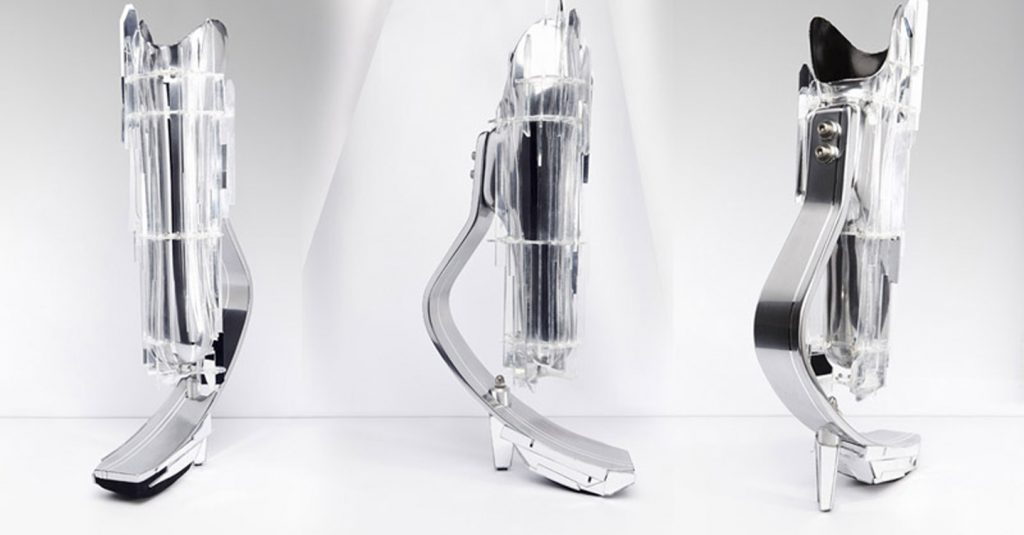
Artificial limbs by The Alternative Limb Project (also header image)
However, advanced prostheses are not solely about functionality, artificial limbs can make a statement too. Founded by Sophie de Oliveira Barata, the former design student, who studied at the London School of Fashion, The Alternative Limb Project creates artificial limbs that double as art pieces that explore themes of body image, modification, evolution, and transhumanism, whilst promoting positive conversations around disability.

Artificial limbs by The Alternative Limb Project
Barata’s clients include Paralympic athletes, musicians, models, performing artists, and video game companies. The Alternative Limb Project intimately involves the client in the design process. The design process is driven by understanding his or her aesthetic and functional desires, then finding the right partners – specialists in 3D modelling, prostheses, electronics, and other new technologies.
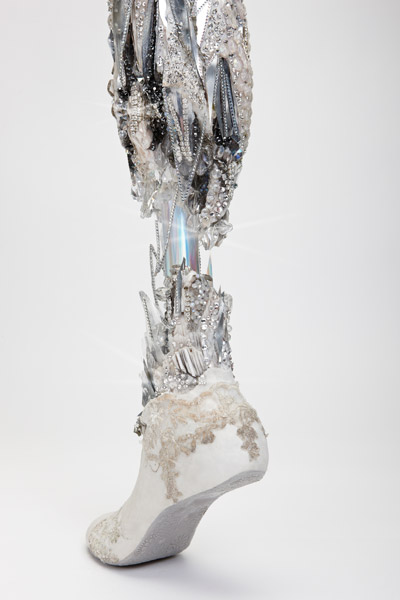
Artificial limbs by The Alternative Limb Project
To create her eclectic designs that range from jewellery-like limbs to neo-classical marble extensions, Barata resorts to silicone as a base material, but also works with variations of carbon fiber, 3D-printed brass, and leather.